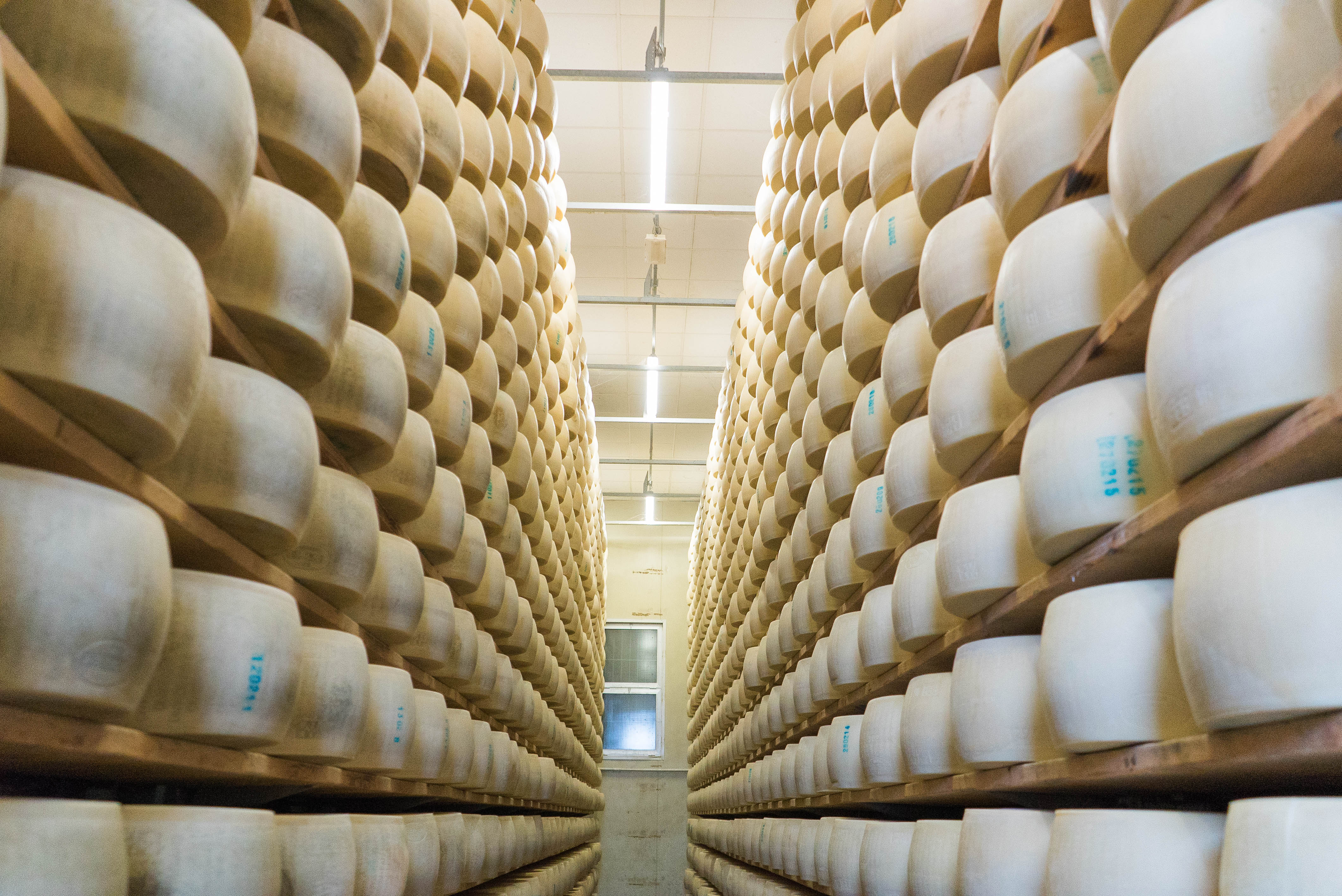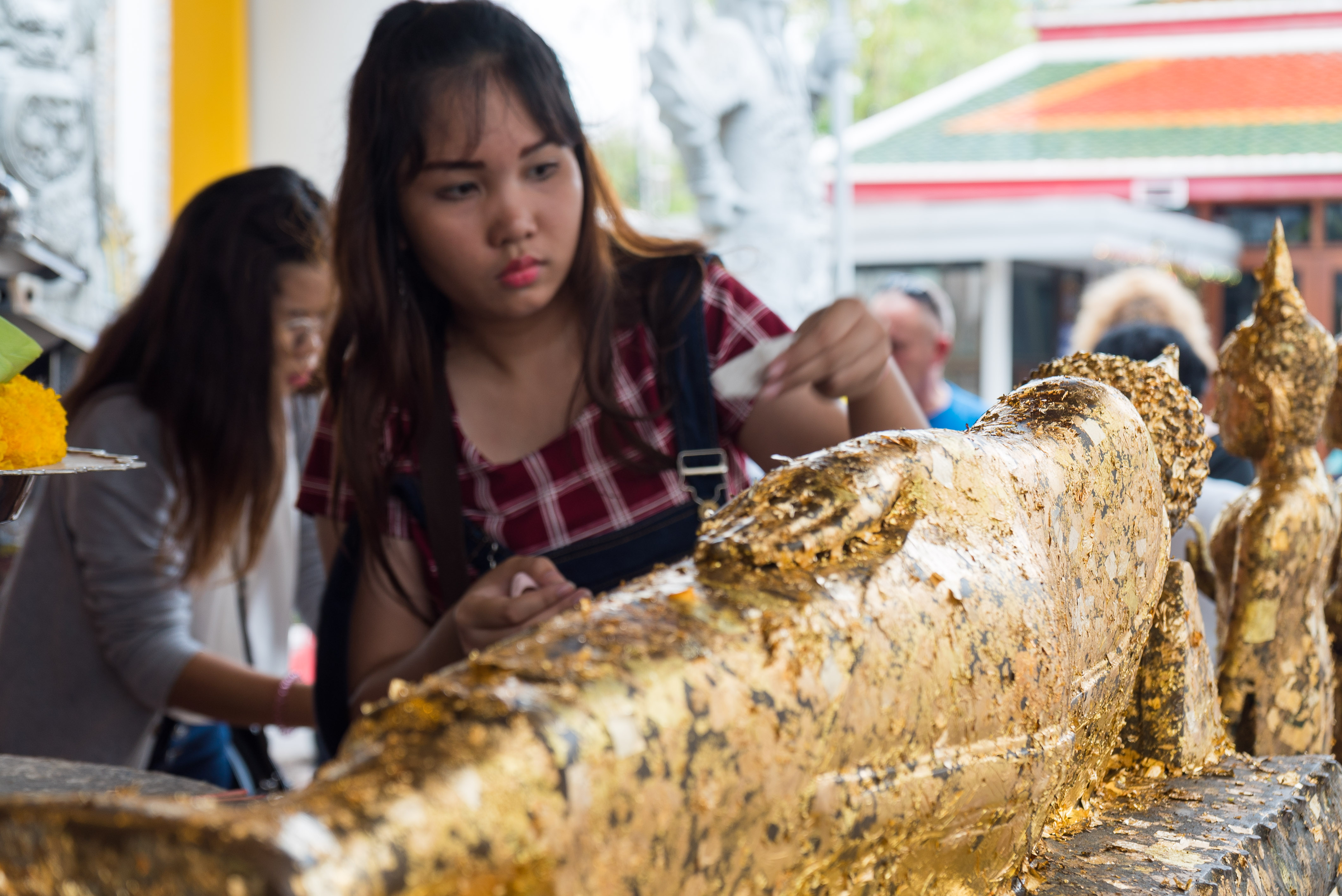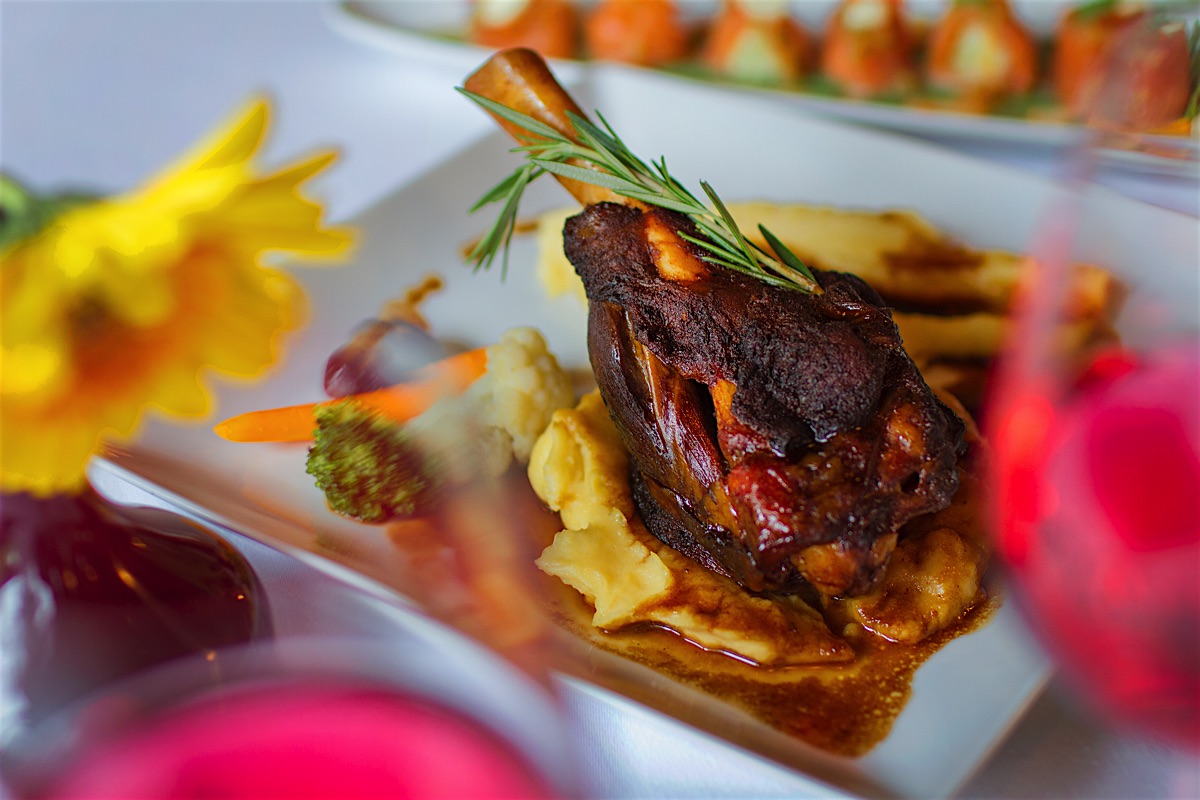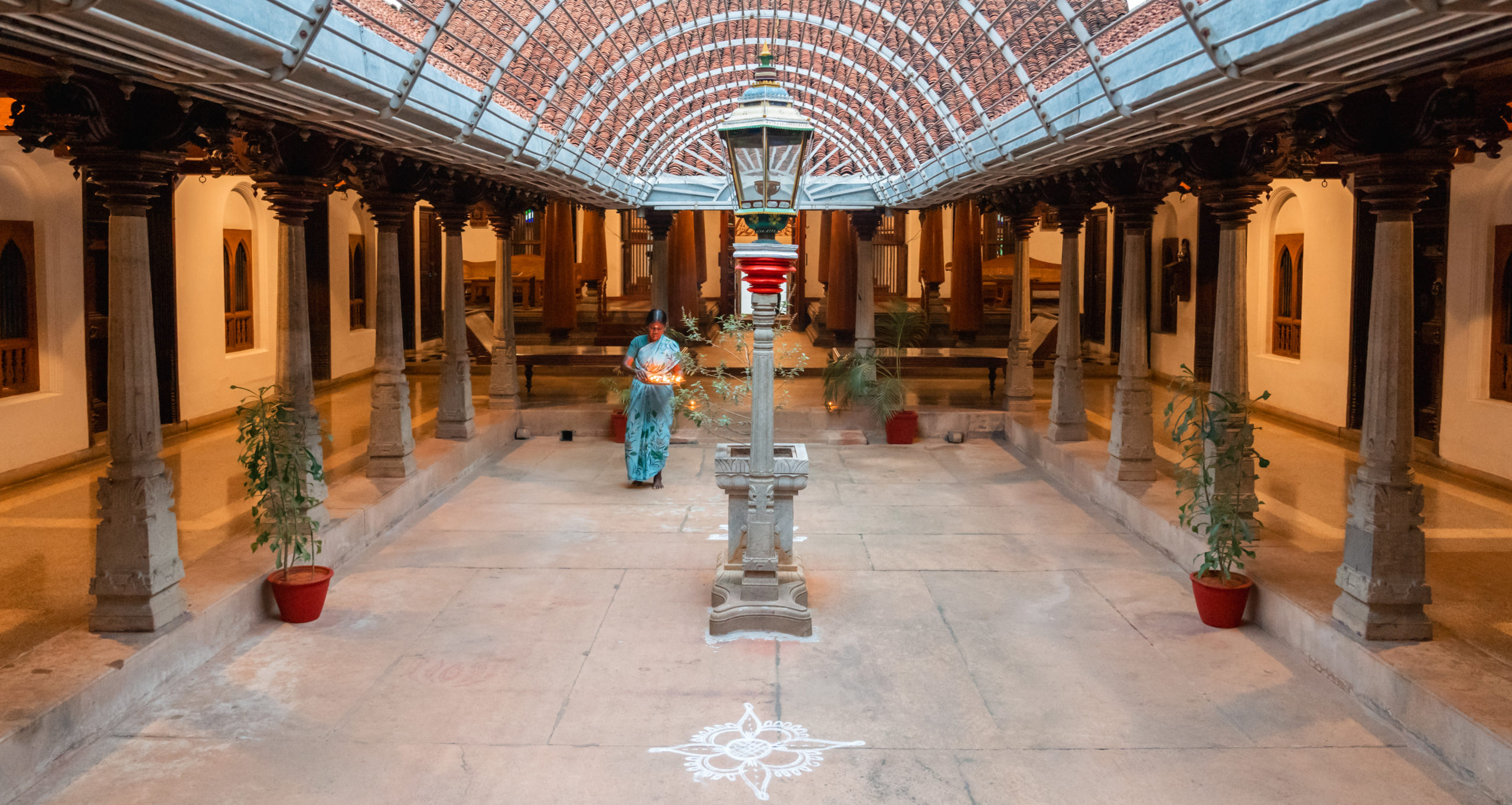Italy is a special place of culinary excellence. Italian food is defined by an ambiance. By the family. The community. The energy and passion of Italy is infused into every morsel of food produced here. And no place is this sentiment more evident than in the Parma and Reggio Emilia regions.
This region produces some of the country’s most popular culinary delights. Parmigiano-Reggiano, Traditional Balsamic Vinegar, and Prosciutto di Parma. With Italian Days and Hotel Touring Bologna, I explored this region to learn more about these Italian delights. And let me say, it was a delicious escapade.
Parmigiano-Reggiano
[foogallery id=”4123″]
Abiding by centuries-old techniques, Parmigiano-Reggiano cheesemakers produce millions of Euros worth of DOP (Denominazione d’Origine Protetta) standard cheese. Working constantly without a day off. Parmigiano-Reggiano production is strictly bound to its place of origin. Milk and cheese production must take place in one of five locations. Parma, Reggio Emilia, Modena, Bologna, to the west of the Reno River, and Mantua, to the east of the Po River. By Italian law, only cheese produced in these areas can be labeled “Parmigiano-Reggiano”. This, in addition to other strict standards overseen by the Parmigiano-Reggiano Cheese Consortium, ensures the quality of this Italian delicacy remains in tack. Make no mistake, that green can powder stuff back home certainly doesn’t fit the bill.
I observed a simple yet strict process. Every step was meticulously carried out. The cheese was constantly being produced at the factory in one way or another. From the curdling of the milk to the 20-day salt baths and aging room. What I found especially impressive was the small size of this factories team. One would expect a massive team of people, but we only saw around 15 workers total. Constantly moving.
Parmigiano-Reggiano distinctly different tastes depending on the age. We tried a young 15-month-old and a 36-month-old. The younger cheese was softer and smooth. Almost buttery. The 36 month was grainy and tasted a bit saltier. Great with bread and salami.
A few fun facts, Parmigiano-Reggiano is made with baby calf stomachs so it’s not kosher or vegan. Has no GMOs. And has no Lactose.
San Daniele DOP Prosciutto
[foogallery id=”4130″]
Prosciutto has graced many tables throughout the world. But the best of the best is DOP branded from Italy. This cured delicacy is often imitated but can never truly be duplicated. San Daniele DOP Prosciutto is made with the thighs of Landrace, Large White, and Duroc pigs. All raised and slaughtered in one of the twelve regions as governed by the DOP consortium. The pigs must be older than 9 months and weigh over 350 pounds, with 22 pounds in the leg. The bone must be intact, or it’s actually Disossato. What you see in butcher shops often.
The thigh is then trimmed down and salted by hand. Excess salt is then removed and meat pressed to remove excess water. Then the meat is left to rest for about three months, washed, and dried. Once dried the areas of the meat which aren’t protected by skin are covered in a protective paste made from pork fat, flour, and salt & pepper. It’s then hung to cure for about 8 months.
San Daniele DOP Prosciutto is very similar to Prosciutto di Parma, which we also tried. Prosciutto di Parma is saltier, while the Prosciutto di San Daniele is sweeter. Both equally delicious. Prosciutto isn’t the only thing made at this factory. They also make Pancetta, Lonzino, pork ribs, and Disossato.
Traditional Balsamic Vinegar
[foogallery id=”4146″]
Traditional balsamic vinegar is not the same as Balsamic Vinegar. Only made in Reggio Emilia and Modena, Traditional Balsamic Vinegar takes a minimum of 12 Years to make in a Batteria. Fine wooden drums ranging in size from large to small. With a darker color and thicker viscosity than other balsamic vinegars, Traditional Balsamic Vinegar has only one purpose. As a condiment.
The process is relatively simple and straight forward. White Trebbiano di Castelvetro grapes are pressed. The “must” (grape juice) is boiled down to one-third of its original amount. It’s then poured into barrels that have been rinsed with vinegar and left to age for a year. The yearly process of rotating through the Batteria then begins at the one-year mark. This process is sometimes started at the birth of a child to celebrate. We visited the legendary Acetaia Villa San Donnino.
Unlike other vinegars, Traditional Balsamic Vinegar should only be used to dress your food. Not cook with. It’s great on salads and cheeses. We tried it on vanilla Ice Cream as well which was surprisingly good. Quick tip, Italians don’t “dip” Balsamic Vinegar. They pour it over whatever their eating.
I would like to mention my opinion of this amazing tour may be a bit skewed given the fact we were plied with copious amounts of wine. With that said, this was one of my favorite food tours an a must try when you’re in Bologna. Thanks to Hotel Touring Bologna for hosting me and Italian Days Food Experience for showing me this side of Italian cuisine.
So what’s your favorite Italian dish?








